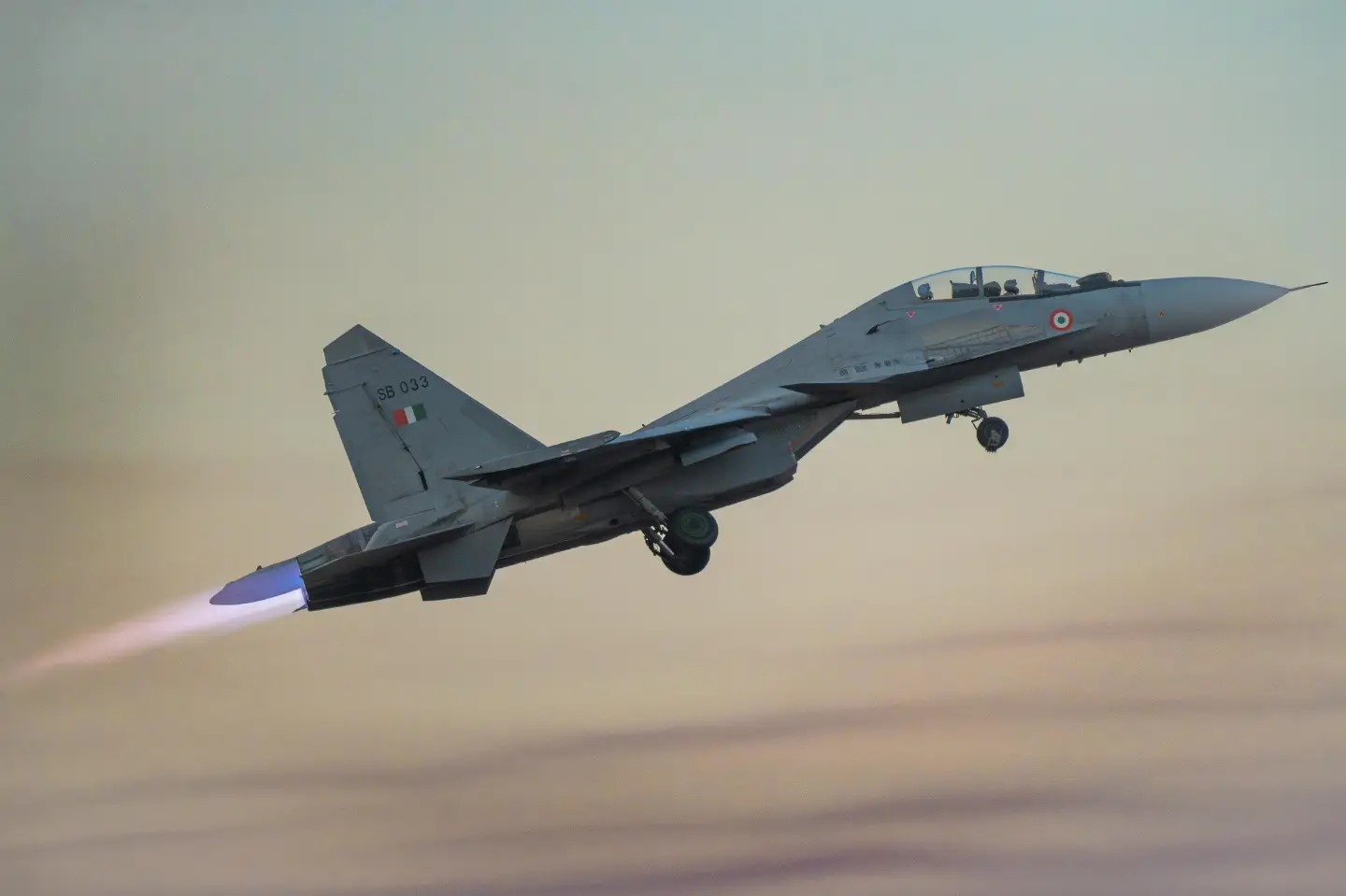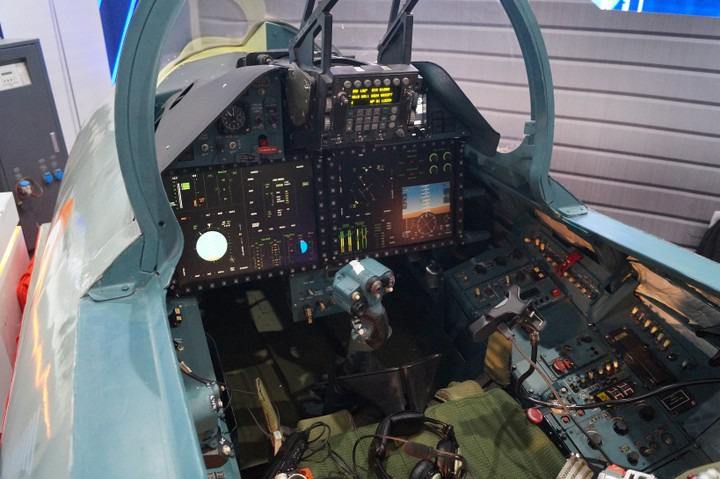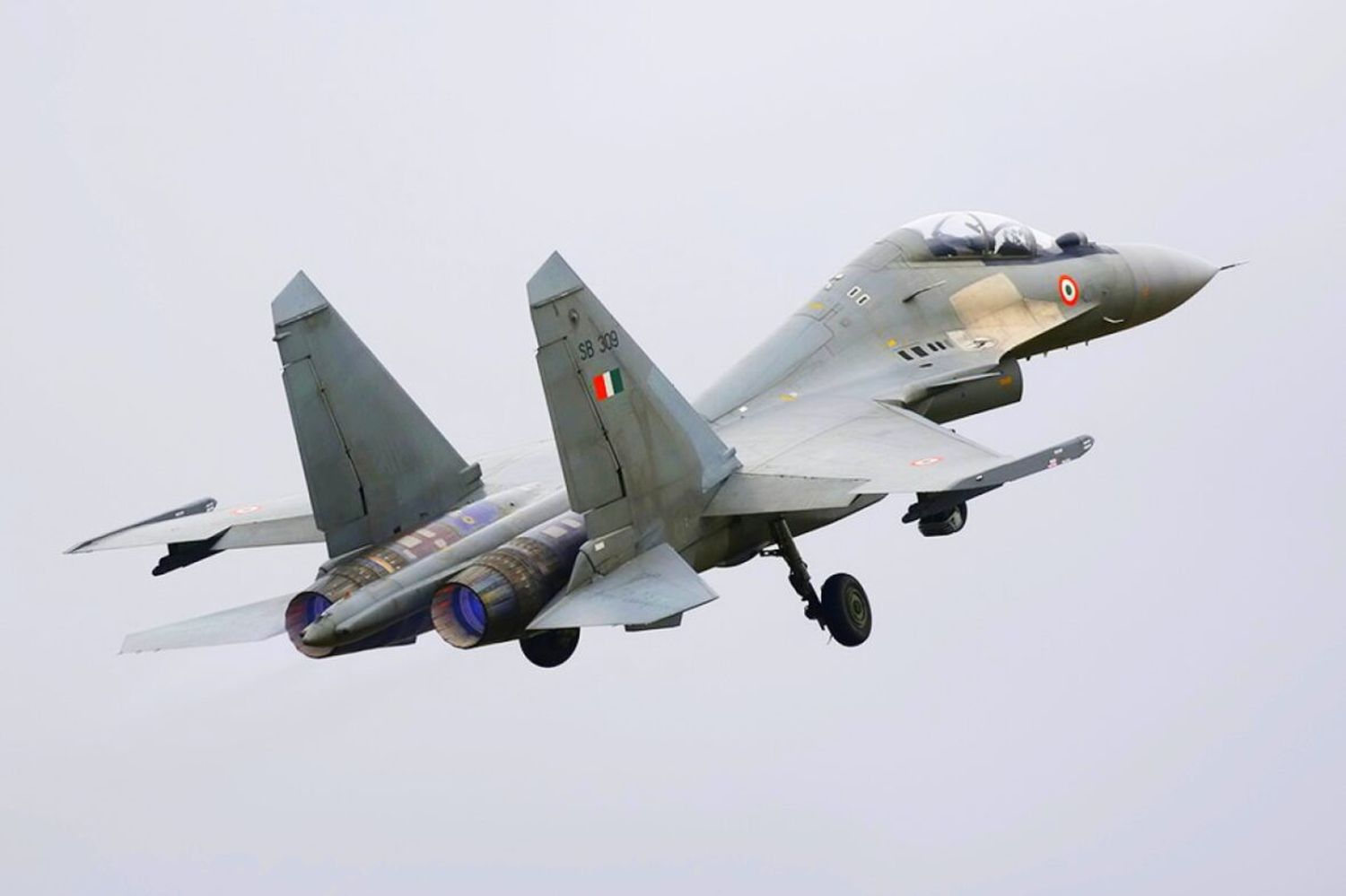Rostec Unveils Full-Scale Model of Fifth-Generation 177С Engine at Aero India
Russia Proposes Upgrading India’s Su-30MKI with 177С Engine, Enhancing Performance and Reducing Operational Costs.
The United Engine Corporation of the state-owned Rostec Corporation will present, for the first time at the Aero India airshow, a full-scale model of the fifth-generation 177С engine. This engine, designed for tactical-operational aircraft, powers Russia’s serially produced fifth-generation Su-57 fighter jet.
At Rostec’s exhibition stand, visitors will see a life-size model of the 177С engine, also known as the AL-41F1. This innovative design significantly increases thrust without altering the dimensions compared to the AL-31FP, which currently powers India's Su-30MKI fighters and is locally produced by Hindustan Aeronautics Limited (HAL).
The 177С engine boasts a service life of 6,000 hours and, if durability requirements are adjusted, could achieve even higher thrust levels. Additionally, it features reduced fuel consumption across all operating regimes, lowering overall operational costs, according to a statement from Rostec.
"ODK is expanding its range of aircraft engines for modern planes and helicopters, developing new powerplants that meet customer requirements. The 177С belongs to the fifth generation and can be installed in aircraft that currently use older-generation engines without requiring structural modifications, as well as in next-generation aircraft," said Mikhail Remizov, Deputy General Director of ODK for strategy, program and project management, and organizational development.
Upgrading India's Su-30MKI Fleet: A Strategic Imperative
India’s Air Force (IAF) operates a substantial fleet of 259 Sukhoi Su-30MKI fighter jets. While 40 units were directly imported from Russia, 222 were manufactured locally by HAL. Additionally, India acquired 12 new aircraft in 2023 to replace attrition losses since the model entered service. As the IAF's premier high-performance combat aircraft, the Su-30MKI plays a crucial deterrence role, making its mid-life modernization a strategic priority.

Unofficially dubbed the Super Su-30MKI, this ambitious upgrade program aims to keep the aircraft competitive over the next decade. Key enhancements include:
- Engine replacement: Upgrading from the AL-31FP engines to the more powerful Saturn AL-41F1S, currently used in the Su-35. However, Russia now proposes an even more advanced alternative: the 177С engine.
- New radar system: Replacing the Russian Bars PESA radar with an enlarged version of India's Uttam AESA radar, developed for the Tejas Mk2.
- Indigenous infrared search and track (IRST) system.
- Enhanced defensive and electronic warfare systems developed in India.
- Modernized glass cockpit featuring two large LED touchscreen displays, similar to those in the Su-35 and Su-57.
- Integration of indigenous smart weaponry.
- Potential reductions in radar cross-section (RCS) to improve stealth characteristics.
- New mission computers designed in India.

Future Cockpit Concept for the Super Su-30MKI
If fully implemented, this modernization program would bring the Su-30MKI up to the level of the most advanced 4.5-generation fighters, such as the F-15EX, Rafale F4, Gripen NG, and the proposed Eurofighter LTE.
Russia’s proposal to equip the Super Su-30MKI with the high-performance 177С engines would not only enhance the aircraft’s capabilities and reduce operational costs but also streamline logistics. If India opts to acquire the Su-57E, standardizing engine technology between both fighters would offer significant strategic and maintenance advantages.


Comentarios
Para comentar, debés estar registrado
Por favor, iniciá sesión